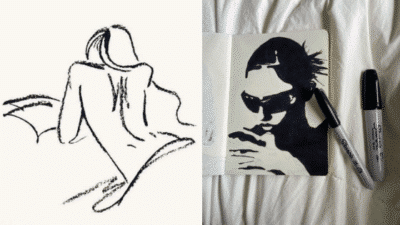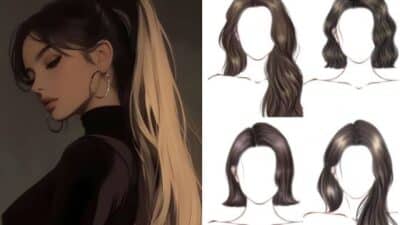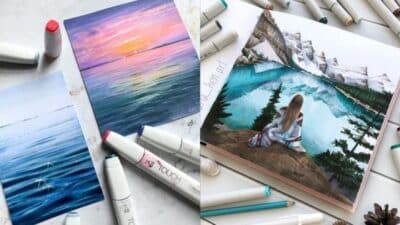By Cara Siera
The “starving artist” is one of those indelible archetypes. It’s not just the romantic idea that good art is born from pain and suffering. Many creatives do indeed find it difficult to market their work or find their place in an industry where their skills can blossom.
But today, many creatives are challenging the myth of the starving artist and thriving both artistically and financially.
It’s important to understand how your artistic strengths translate into real-world careers. Tools like ResumeGiants’ skills generator can help you uncover transferable skills for your resume—skills like precision, visual storytelling, or client communication. Below, we’ll talk about some practical career paths that combine artistic skill with artistically derived, in-demand, transferable strengths.
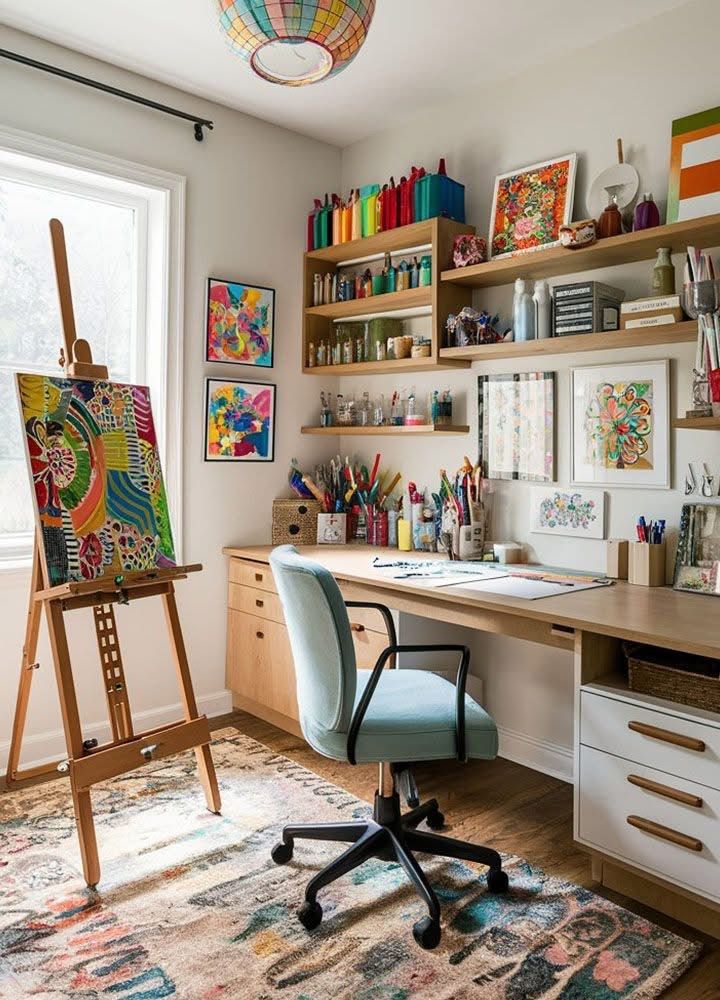

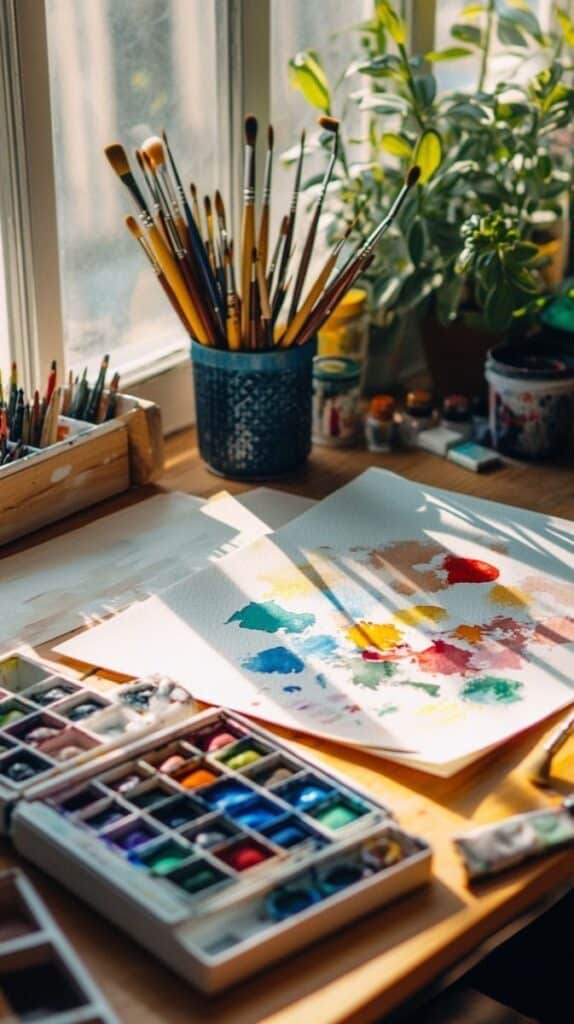
Art Curator or Museum Professional
Not all art careers involve making art. Your hands-on knowledge, coupled with a grasp of art history, could inform your work in creating exhibitions and educating the public.
Art restorers and conservators are also on many museum staffs. They are tasked with cleaning, repairing, and preserving historical pieces. They need to understand the materials used to originally make the work, even on a chemical level. They also need patience and steady hands.
Many museum curators hold a master’s degree in art history or museum studies. Conservators typically study fine art, art history, or chemistry before obtaining a master’s degree in art conservation, historic preservation, or museum studies.
Related to these roles is that of art appraiser. Art appraisers often verify the authenticity of historic paintings or sculptures and help buyers or auction houses determine value.
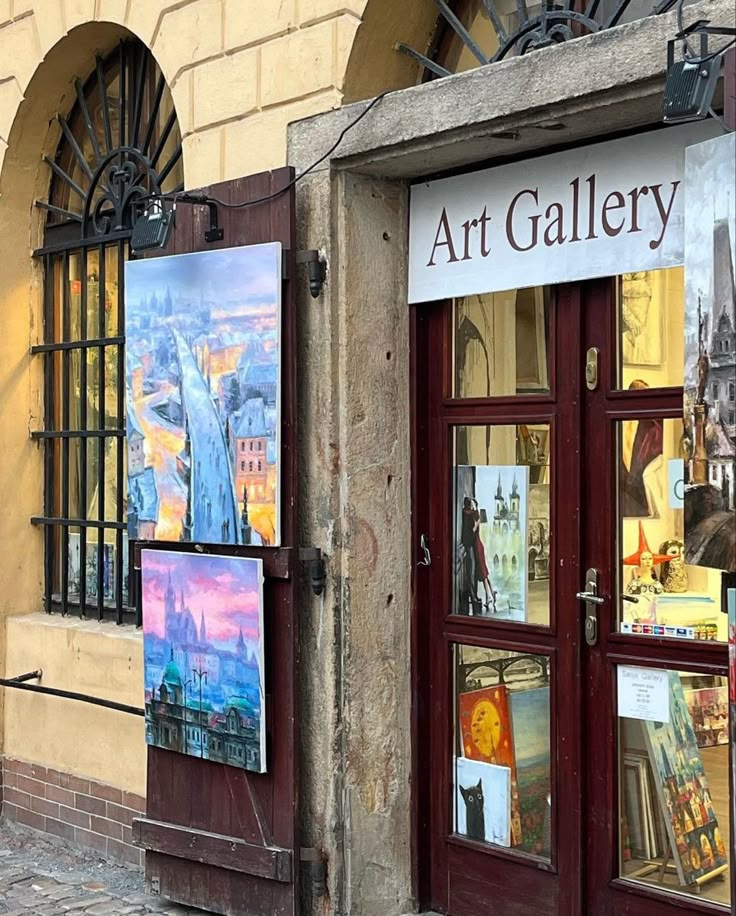
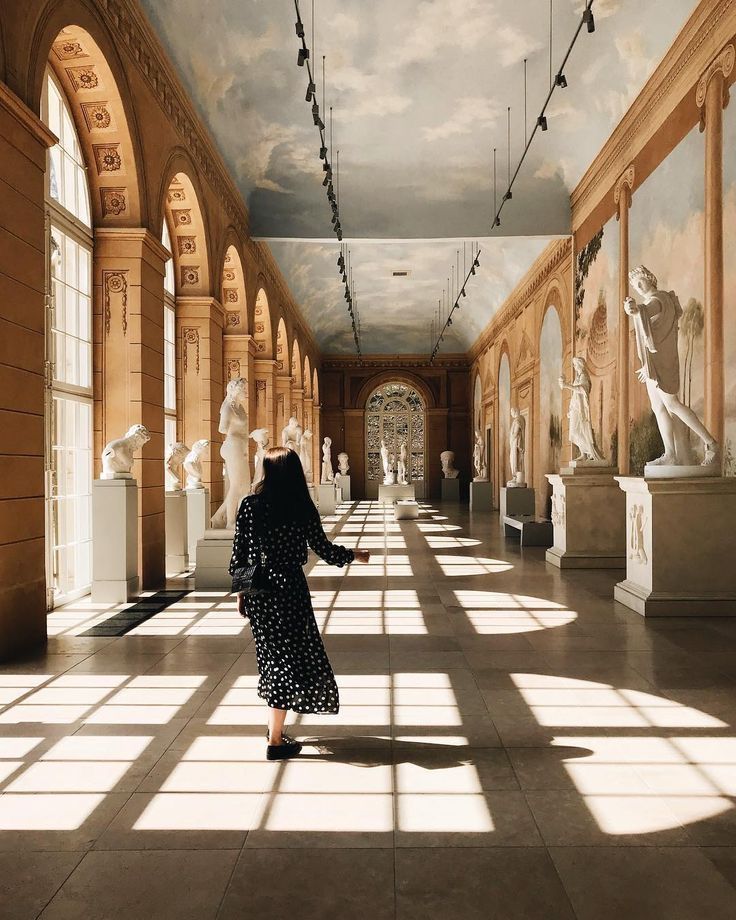
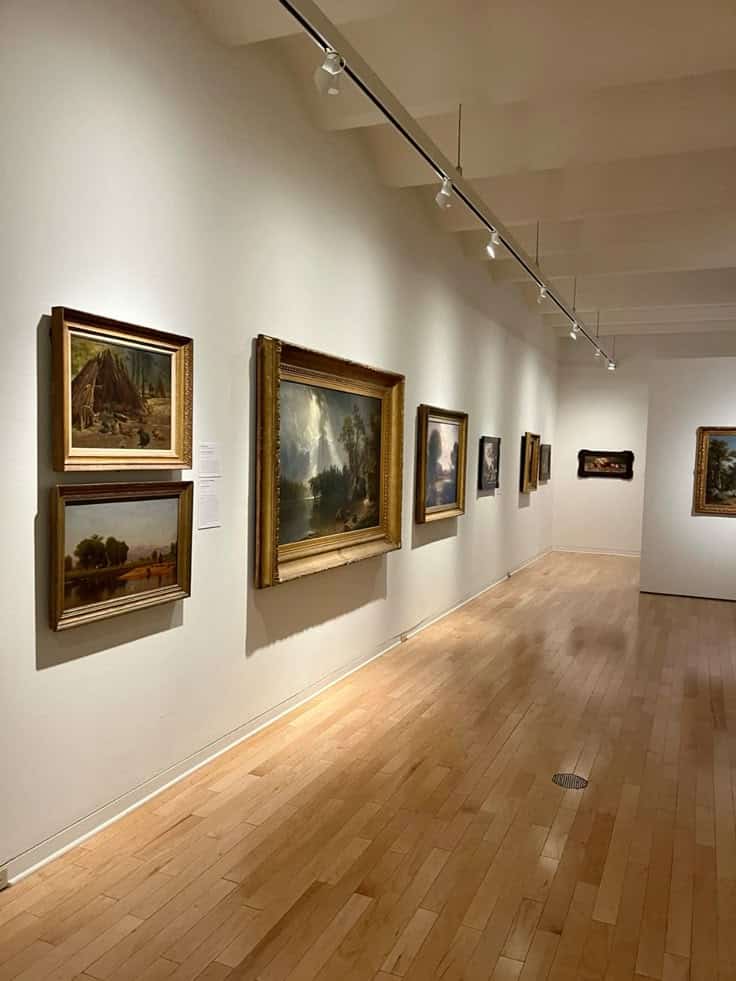
Graphic Designer
Graphic design may be the most in-demand art form of the modern era. Companies large and small require visual assets for branding, marketing, packaging, and more. Some hire freelance graphic designers, while others work in-house. There are also graphic design firms that sell their services business to business.
Flexibility is one of the greatest assets of this career path. Often, all you’ll need is a computer, an internet connection, and specialized software, making remote work an appealing possibility. For that, you’ll need plenty of organizational skills and self-discipline.
Graphic design is also flexible in its education requirements. Some companies may want to see a bachelor’s degree in graphic design or visual communication, but many professionals are self-taught in “new collar” style.
Some graphic design roles can even encompass more traditional art forms. For example, you might illustrate a book or article by creating a mixed-media artwork, photographing it, and incorporating it into a digital design.



Tattoo Artist
Tattoo artists often draw on—no pun intended—a background in sketching, line art, and other fine arts to design and execute clients’ requests. In addition to drawing skills, linework precision, and a steady hand, tattoo artists need good client communication skills and a working knowledge of sanitation and safety procedures. No formal degree is required, but many artists apprentice for one to three years.
Architecture and Design
You can bring your artistic nature to big spaces through interior, exterior, or architectural design. For each role, communication, project management, rendering, CAD, and GIS software skills are a must. Bachelor’s or master’s degrees and licenses may also be required.
Some aspects may require additional skills. For example, landscape designers or architects hired for sustainable architecture and green infrastructure may need specialized knowledge of environmental factors, ecology, and horticulture.

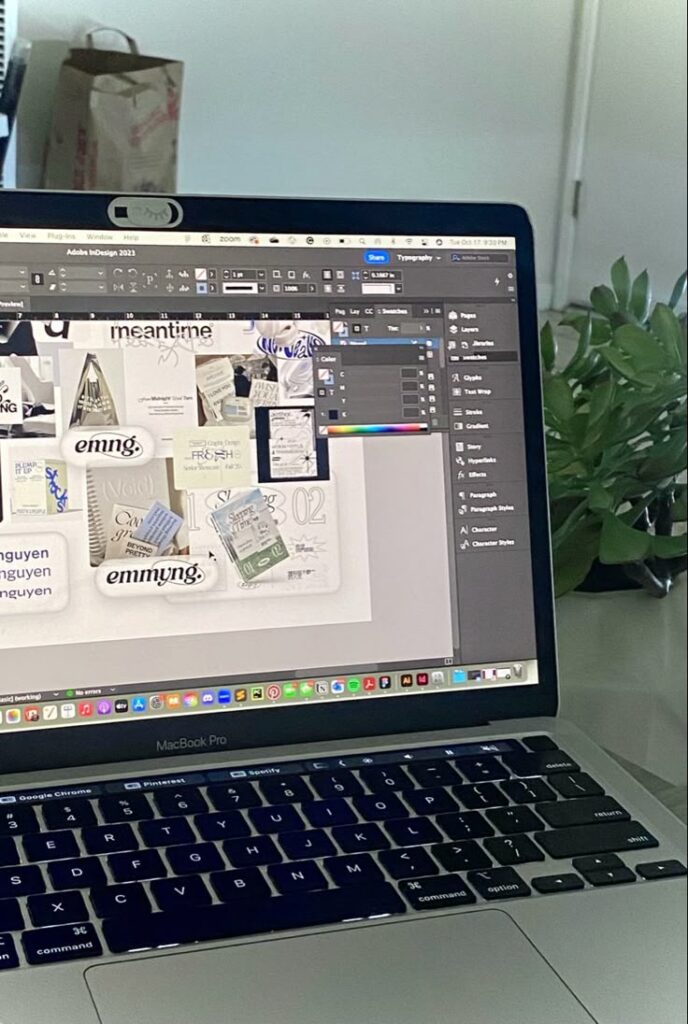
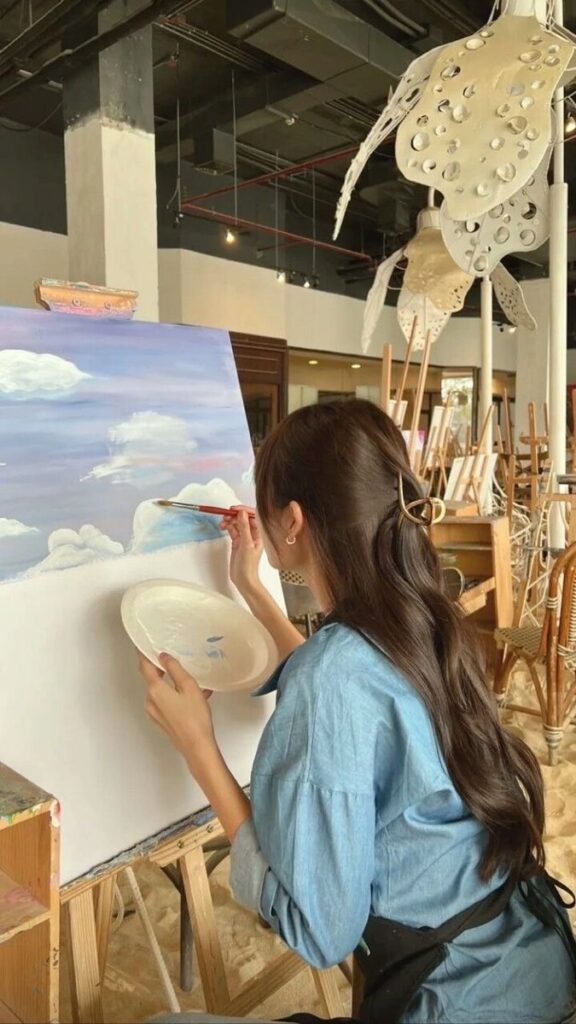
Machine Learning Researcher with a Creative AI Focus
Artificial intelligence (AI) and the art world have sometimes been at odds, but the development of algorithms that allow machines to create music or generate art has opened up worlds of possibility.
Machine learning (ML) researchers and engineers require an understanding of deep learning models, mathematical modeling, signal processing, and data curation for model training. Typically, this role will require a master’s degree or a PhD in machine learning, computer science, or a related field.
Art Entrepreneur
Whether you’re a painter, sculptor, printmaker, photographer, or something else, you’ll likely have to become an entrepreneur if you want to make a living out of selling your work. You’ll need the technical skills to use selling platforms like Etsy or Zazzle, e-commerce marketing skills, trend awareness, business acumen, and pricing strategy. You’ll likely also need to foster a strong online presence.
There are also other, non-digital means for marketing your work. For example, you could find a niche market with a strong interest. For example, artists in popular tourist locations might:
- Make paintings or jewelry with local flavor, selling them from street stalls or souvenir shops
- Offer in-person, on-the-spot caricature drawings or portraits
Selling your artwork makes a nice side gig to one of the career paths listed above.
Key Takeaways
Above, we’ve discussed several current, accessible art careers. But really, we’ve only scratched the surface. There are so many other roles—storyboard artists or art therapists, for example—that can tap into your art skills or benefit from your creativity, technical know-how, and attention to detail.
- 0shares
- Facebook0
- Pinterest0
- Twitter0
